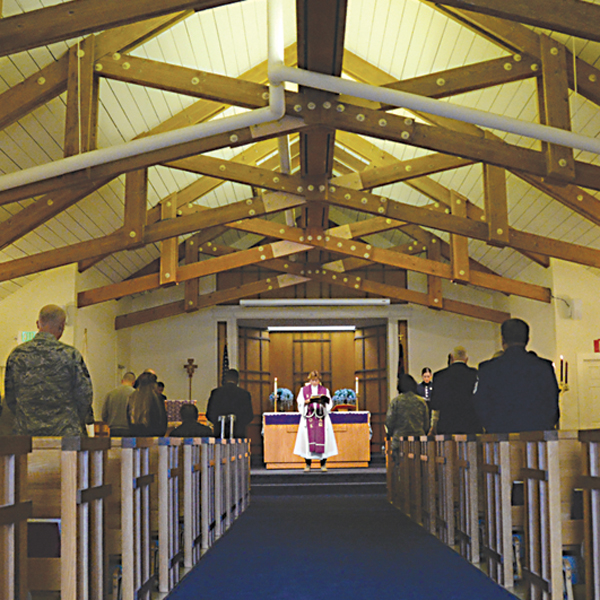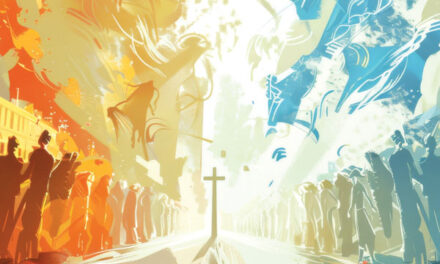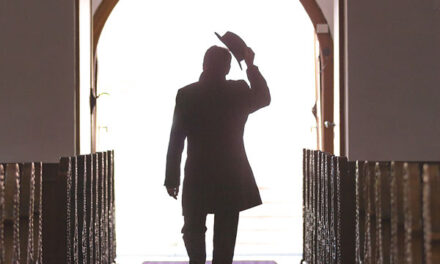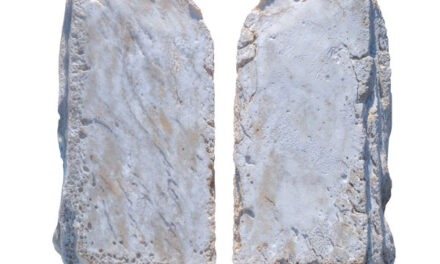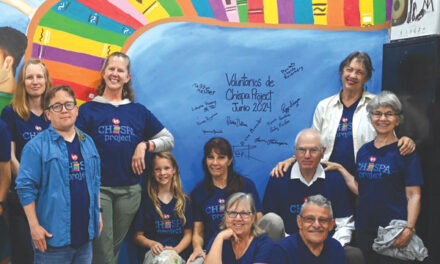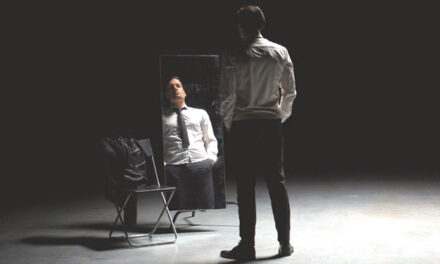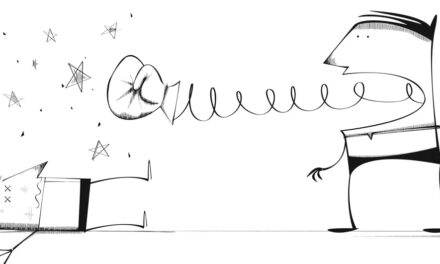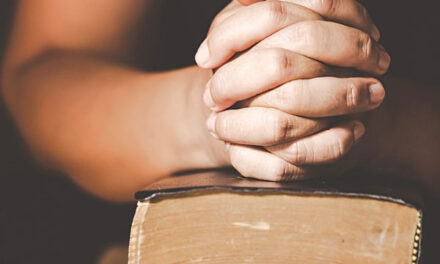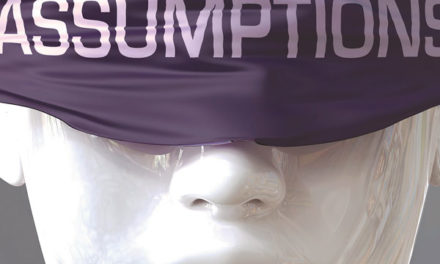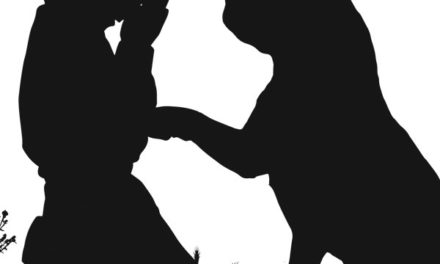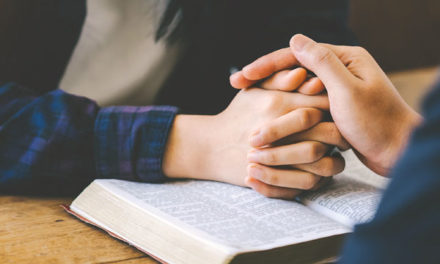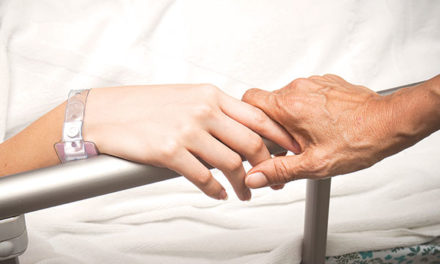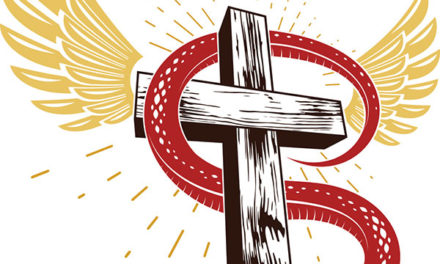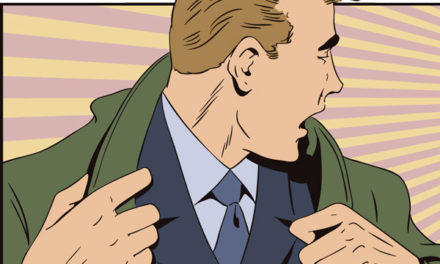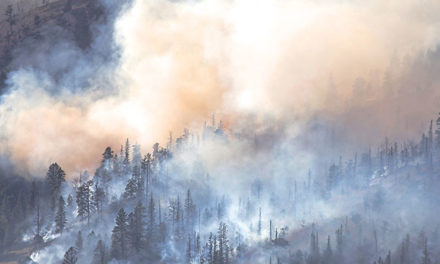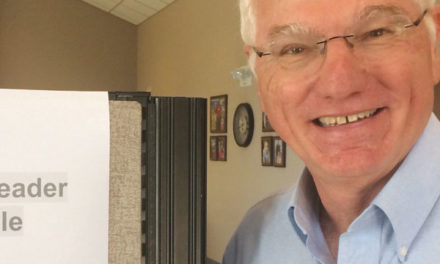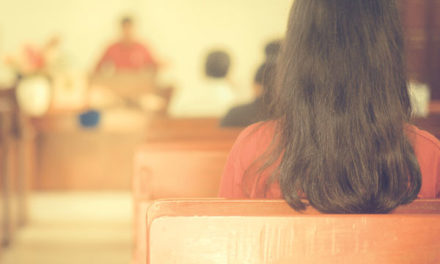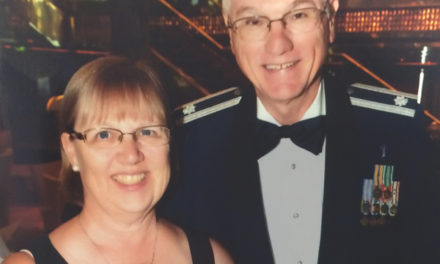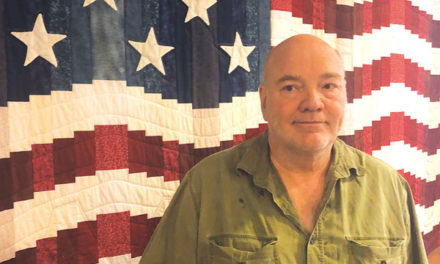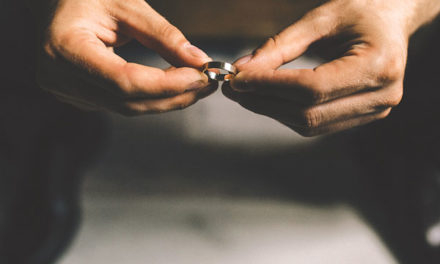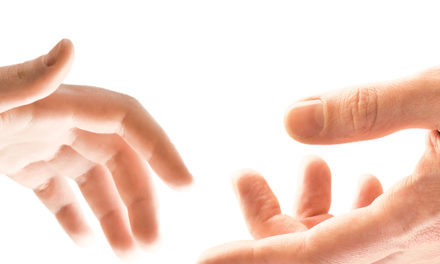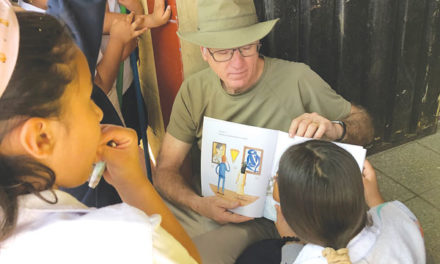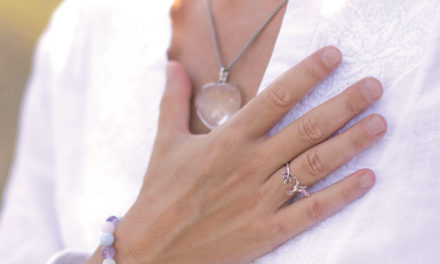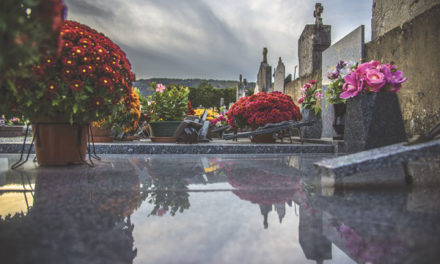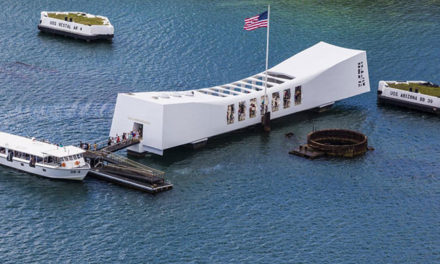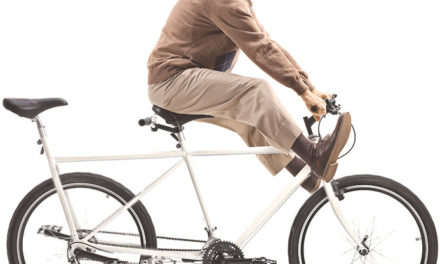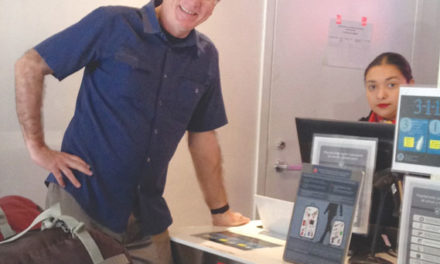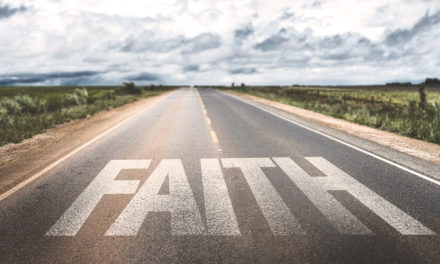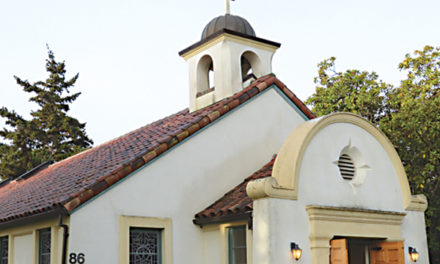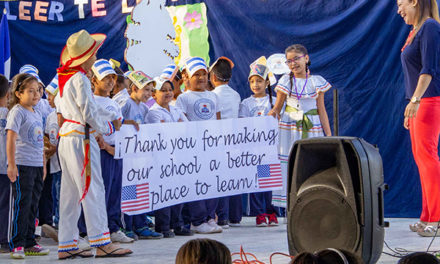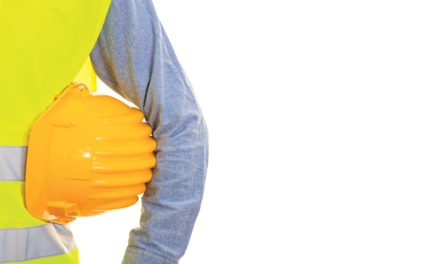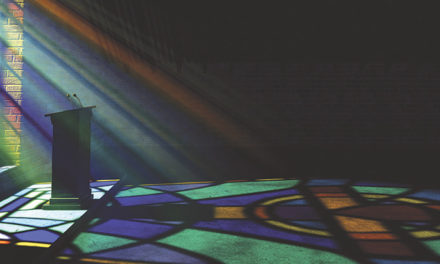Imagine taking a virtual plane ride today and meeting me in San Francisco for a 30-minute drive south to Moffett Federal Airfield, formerly known as Moffett Navy Air Station.
With my military ID we easily slide past the Smokey-Bear-hatted federal guards. A quarter mile in, we pull curbside and walk across the lawn to the Moffett Chapel, built in the style of the Spanish Colonial missions.
I’m comfortable here because this is where, in 1994, I took my first Air Force active-duty chaplain assignment.
Come inside. There’s something I want to show you.
We walk into the foyer and you pause, breathless before walls of stained-glass windows. But I didn’t bring you here to admire the windows.
I motion you onto the podium and past the Protestant altar holding an open Bible, candles and offering plates. From there, we step into an alcove where a larger cross is affixed beside banners proclaiming faith.
Oddly, I ask you to push on the alcove wall.
You’re astonished that it moves.
With my assistance, we rotate what seems like a jumbo version of the Lazy Susan in your kitchen cabinet. This is what you’re here to see.
Suddenly, we’re standing under a crucifix surrounded by saintly statues.
Voilà, there it is, revealed as if by the moving wall of a military safe house. We’re standing in a Catholic church.
I push again to expose what’s behind “Door No. 3”—a Jewish altar with the Torah.
You say, “This is nice chaplain, but I’m undecided about faith. I’m spiritual, but not really religious.”
“No problem,” I say. “Give that wall another shove.”
You do and are relieved to find yourself in neutral space. Nothing on the walls. No religion here.
Why have I brought you for a ride on the Lazy Susan altar?
To illustrate how one might make a choice for faith.
No, it’s not as simple as turning the Wheel of Fortune or spinning the theological bottle to determine where your doctrinal affections will lie.
You start your search at the beginning, perhaps on one of the traditional altars of your forefathers. Or take a spin in another direction, landing beside that of your spouse. It’s also possible to spin faith into something that represents your own journey. Or maybe you don’t see faith as having finite definitions, so you blend the moving altars.
But whatever you choose, deciding on faith will require you to make peace with the tensions that faith presents.
For instance, how does one explain the love of God in the midst of so much tragedy? Can you deal with the discrepancies of faith and the hypocrites inherent in all faiths and philosophies? Can you repent of the sins of organized religions while at the same time reinforcing the humanitarian good they do?
I believe it’s possible to keep the faith of our parents while changing out the theological accessories. For me, I follow the Protestant faith of my father, but my worship isn’t confined to a hymnal or a pew. While I accept his faith, I reject the bigotry sometimes found in evangelical faith.
For others, it might mean keeping the faith in the Crucified Christ displayed on the crucifix, but soundly rejecting the sins of the Fathers. It might involve rebuilding a place of worship that holds all women in high regard and safely shelters the children.
But if you must lean away from religion and toward the “spiritual,” all I ask is that you find a welcoming faith, not a generic faith that can turn cold, politically correct and emotionless.
Finally, if your faith journey ever takes literal flight toward the San Francisco Bay Area, give me a call. We’ll take a real drive to Moffett Field where together we can take our faith for a spin.
Norris Burkes can be reached at comment@thechaplain.net. Previous columns can be found and shared at the all-new insidesacramento.com.





